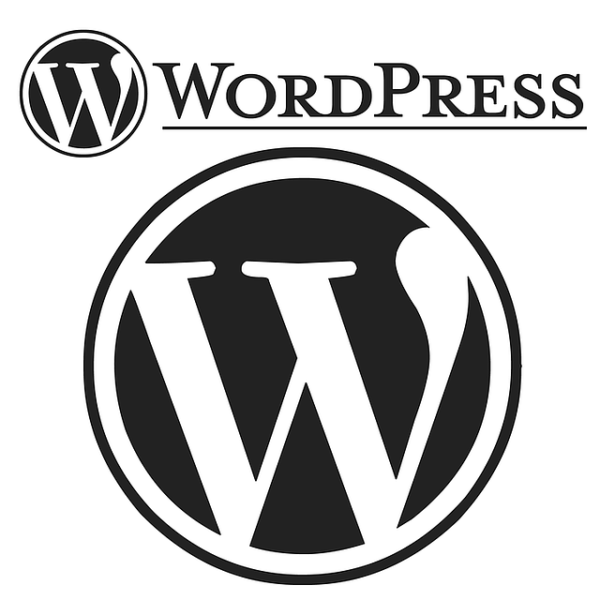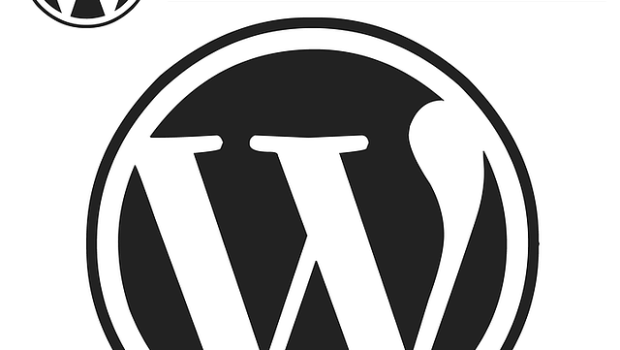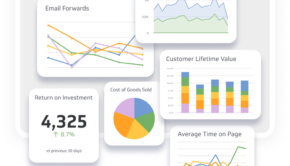6 Tips for Optimizing Your WordPress Website for Speed
Your WordPress website speed can make or break your business. This is because if a webpage takes too long to load, its bounce rate increases, sending a signal to search engines that your site’s content isn’t valuable to your readers, which lowers your rankings. Optimizing your WordPress website for speed will improve user experience, increasing your rankings on SERPs. Here are tips for optimizing your WordPress website for speed.

URL: https://pixabay.com/illustrations/wordpress-blogging-blog-website-1288020/
Select a reliable hosting provider
A web host plays a large role in your website’s load time, performance, and how it handles high traffic. The speed with which your WordPress website information is processed and availed to the user depends on the host’s server speed. If your host’s server speed is slow, your site’s speed will be slow as well. When choosing a host for your site, scrutinize their website hosting review section to determine their reliability and reputation. This will help you find the best hosting provider for your WordPress website.
Use a content delivery network (CDN)
Your WordPress site is probably receiving visitors from various locations across the world, meaning the site loading time of each visitor will differ depending on how far they are from your host server. A content delivery network helps to optimize speed, since it will process information from the nearest server.
Choose a fast WordPress theme
To choose a suitable theme, measure the sizes of CSS and JavaScript in bytes. The lower the bytes, the faster the theme. Additionally, avoid multi-purpose themes as they’re bloated with features that can slow your site. The ideal theme should require fewer plugins to prevent bloating the site with additional CSS files. A simple yet effective WordPress theme optimizes your site for speed. The ideal theme is well-coded and has a good balance between content and images, fastening your site’s load time to boost user experience.
Optimize your images
Besides complementing your written content, images can improve your WordPress website. If your site has high-quality online store and gallery images, you need enough server space and bandwidth to accommodate them, negatively impacting load time. Image optimization helps compress image sizes without affecting their quality, thus reducing site load time.
Update WordPress and use up to date plugins
As technology continues to evolve, more WordPress versions and plugins are developed. When you use outdated WordPress versions and wrongly coded and outdated plugins, your site slows down. Conduct a google search to determine when a plugin was last updated and confirm its compatibility with the WordPress version you’re using. Choose the latest and compatible WordPress version and plugins to boost your site’s speed.
Deactivate or uninstall unwanted plugins
Unwanted plugins add junk to WordPress website files, increasing the backup needed while straining the server resources. Do away with the plugins you don’t need and consider using third services to handle these tasks automatically. Automatic task scheduling instantly uninstalls or deactivates the unwanted plugins. This reduces your WordPress site’s burden and strain on server resources, thus boosting its load time.
Endnote
Fast WordPress website speed boosts user experience, lowers bounce rates, and improves your rankings. These tips will help you optimize your WordPress site for speed.
















